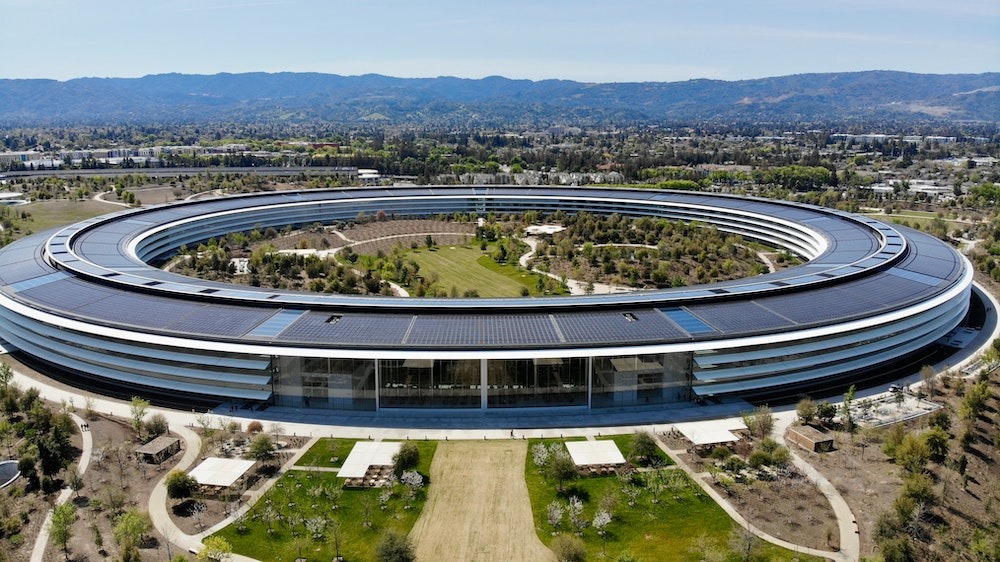NASA has once again achieved a historic milestone in its quest to unravel the mysteries of our solar system. After a remarkable 4 billion-mile round trip, the OSIRIS-REx spacecraft successfully delivered NASA’s first asteroid sample to Earth. The capsule, containing precious rocks and soil collected from the asteroid Bennu, made a flawless landing in the Utah desert on September 24. The journey through Earth’s atmosphere subjected it to blistering temperatures, leaving the receptacle charred on the outside.
Now, these rare contents find their safe haven at NASA’s Johnson Space Center in Houston. Here, dedicated scientists will meticulously study these samples, hoping to gain insights that can help us understand the secrets of our solar system.
The accomplishment has been celebrated by countless individuals who devoted years to the mission, including none other than Queen guitarist Brian May, an astrophysicist and proud OSIRIS-REx teammate.
But the story doesn’t end here. NASA’s spacecraft embarks on its next celestial adventure, setting its course for Apophis, an asteroid that bears a name that invokes fear and chaos, inspired by the Egyptian god of chaos and darkness.
Apophis, once considered a potential threat to Earth, is no longer on a collision course with our planet, as the latest research indicates. Nevertheless, in 2029, Apophis will pass remarkably close to Earth, becoming visible to the naked eye.
https://www.youtube.com/watch?v=83NPt8VODEk
It is at this juncture that OSIRIS-APEX will spring into action. The spacecraft will enter orbit around Apophis, commencing an 18-month study of this enigmatic space rock. While OSIRIS-APEX can no longer collect samples, it will utilize thrusters to stir up dust and rocks, allowing scientists to analyze Apophis’ stony surface in unprecedented detail.
In the grand cosmic theater, where asteroids bear names that echo ancient myths and celestial bodies become subjects of intensive study, NASA’s OSIRIS-APEX mission continues to advance our understanding of the universe.
How Long Will the OSIRIS-REx Mission Last?
The OSIRIS-REx mission has been an extraordinary endeavor, but it won’t last forever. Originally launched in 2016, it completed its primary mission by successfully delivering an asteroid sample to Earth in September 2023. However, the mission isn’t over yet. OSIRIS-REx is now in an extended mission phase, which is expected to continue until at least 2024. During this phase, the spacecraft may continue to conduct observations and gather valuable data.
Where is OSIRIS-REx Now?
As of its last significant milestone, OSIRIS-REx completed its sample return journey and successfully delivered its precious cargo to Earth. The capsule containing rocks and soil from the asteroid Bennu safely landed in the Utah desert on September 24, 2023. Subsequently, the spacecraft has been in a transitional phase, possibly preparing for future missions or further exploration.
How Much Did the OSIRIS-REx Mission Cost?
The OSIRIS-REx mission was a complex and ambitious undertaking, and its cost reflects the intricacies of space exploration. The mission was estimated to have a total cost of approximately $800 million, covering all aspects from spacecraft development and launch to the scientific research and analysis associated with collecting samples from the asteroid Bennu.
What is the NASA Asteroid Return Mission?
The NASA asteroid return mission refers to OSIRIS-REx (Origins, Spectral Interpretation, Resource Identification, Security, Regolith Explorer), a groundbreaking mission designed to collect a sample from the asteroid Bennu and return it to Earth. This mission aimed to provide valuable insights into the early solar system and the composition of asteroids, potentially shedding light on the origins of life on Earth. After a successful sample return in 2023, OSIRIS-REx has transitioned to its extended mission phase, continuing its exploration and research endeavors in the realm of asteroids and space science.











